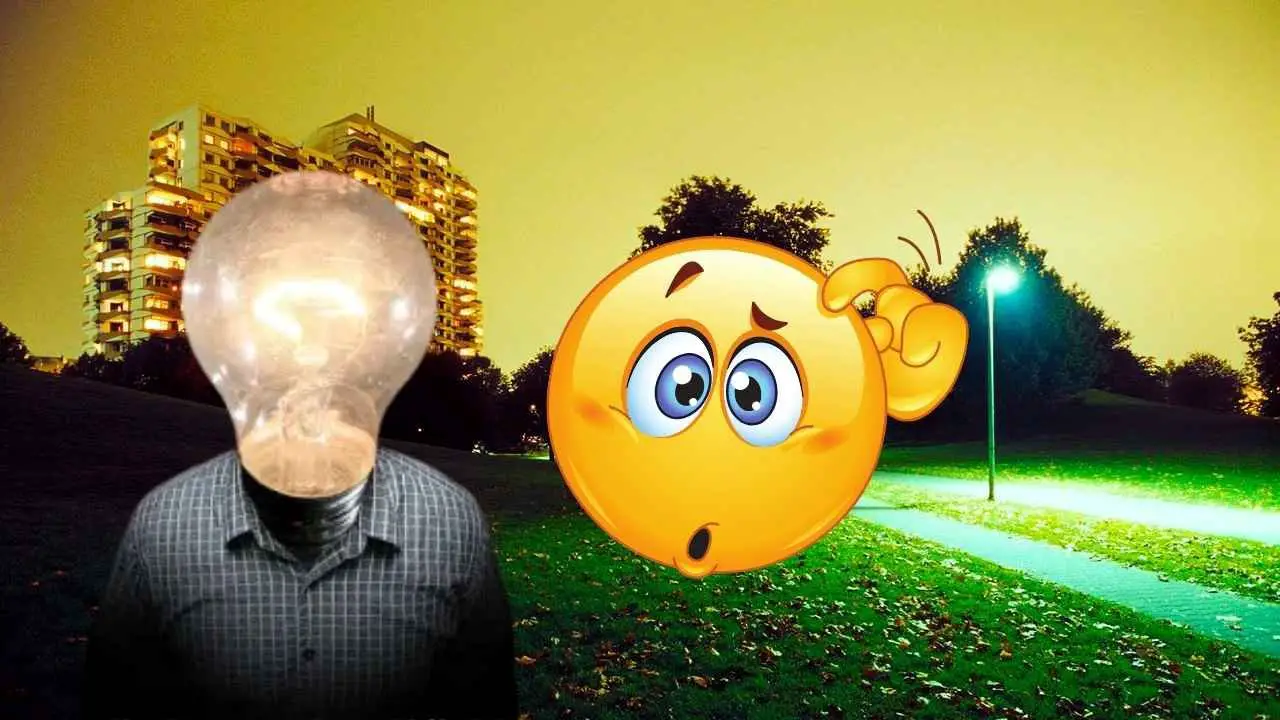Imagine if every human disappeared suddenly. How long would the last artificial light stay on? Most lights would go off quickly, but some might last for years, or even centuries. In this article, we will look at different types of lights and how long they might last without humans around.
Power Grids and the Quick Shutdown
If humans disappear, power grids would stop working fast. Fossil fuel plants, which make most of the world’s electricity, need a steady supply of coal, oil, and gas. Without people to manage these resources, these plants would fail within hours.
The plants would try to adjust to the change, but without people, they would not be able to keep up. This would cause a total blackout. Nuclear power plants don’t need fuel all the time, so they could run for years. But these plants are designed to shut down if something goes wrong. So, after the power grid fails, nuclear plants would also stop quickly.
Off-Grid Power Sources: Diesel, Geothermal, and Wind
Some sources of power that don’t need human help would keep running for a while after people are gone.
- In some remote places, people use diesel generators for power. These generators can run for days or even months depending on how much fuel they have. But once the fuel runs out, the lights would go out.
- Geothermal plants, like the one in Iceland, don’t need human fuel. They could work for years without humans. But after a while, they would stop because of damage and lack of maintenance.
- Wind turbines are built to need little maintenance. They could continue working for years or even decades. However, after a long time, the turbines would break down and stop working.
The Role of Dams and Batteries
Hydroelectric dams, such as the Hoover Dam, can work without humans for years. But once the power grid is down, the electricity from the dam has nowhere to go. So, the dam would stop working eventually.
Battery-powered lights also don’t last forever. Batteries lose their charge over time. Even the best batteries can only last 10 to 20 years before they stop working.
Solar Power’s Long Life
Solar power could be a better option for keeping light on for a long time. Solar panels can keep working for many years if they are clean. In some dry places, solar panels can work for over 100 years. The electronics that connect to the panels will eventually stop working, but the panels themselves could last much longer than other power sources.
Lights that run on solar power, like those on emergency road signs, could be the last ones still shining.
The Surprising Glow of Nuclear Waste
There’s also a surprising light source that could last even longer: nuclear waste. Materials like cesium-137 continue to release radiation for years. While we can’t see most radiation, some of it causes a blue glow. This blue light is called Cherenkov radiation, and it can last for centuries.
Some nuclear waste, stored in special glass blocks, will glow for many years. Even though the light will become dimmer, it could still be visible long after other lights have turned off. The glow from nuclear waste might be the last light on Earth.
FAQs
1. How long would artificial lights last without humans?
Most lights would go off in a few hours or days as power grids stop. But some lights from solar power, wind turbines, or nuclear waste could last for years or even centuries.
2. Can solar-powered lights last forever?
Solar panels can last for many decades. If they are kept clean, they could work for over 100 years. But the electronics connected to them will eventually stop working.
3. Would nuclear reactors keep running forever?
No, nuclear reactors are built to shut down if something goes wrong. Even though they have enough fuel, they would stop working because of safety systems.
4. Why would nuclear waste glow?
Nuclear waste like cesium-137 emits a special type of radiation called Cherenkov radiation. This radiation causes a blue glow, which can last for many years.
After humans disappear, the last artificial light might not be a simple bulb or streetlight. It could be the blue glow from nuclear waste, shining for centuries in deep storage vaults. In the meantime, solar lights and wind turbines might keep working for years or decades, keeping some light on in faraway places.




